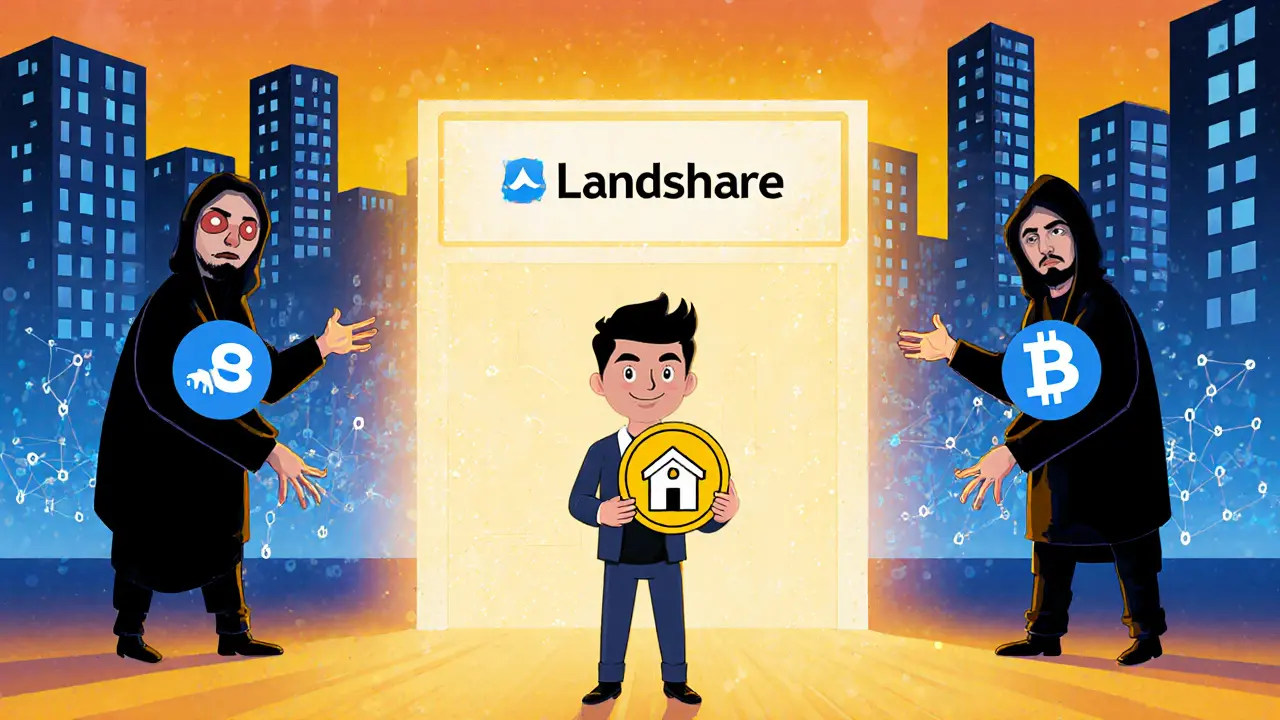LAND Token: What It Is, How It’s Used, and Why It Matters in Crypto
When you hear LAND token, the native digital asset for virtual real estate in Decentraland, a blockchain-based 3D world where users buy, build, and trade digital spaces. Also known as Decentraland LAND, it’s not just a collectible—it’s a digital property deed you own outright, secured by Ethereum’s blockchain. Unlike traditional games where the company owns your items, LAND gives you real control: you can build a store, host a concert, or rent out your plot to others—all without asking for permission.
LAND isn’t sold alone. It works with MANA, the utility token used to buy LAND, pay for goods, and vote in Decentraland’s decentralized government. Also known as Decentraland’s governance token, MANA turns users into stakeholders, not just players. Together, they form a self-sustaining economy: you spend MANA to buy LAND, then use that LAND to earn more MANA through rentals, events, or ads. This model isn’t theoretical—it’s been active since 2020, with users building everything from art galleries to casinos inside the virtual world.
People aren’t just buying LAND for fun. Some treat it like real estate speculation, snapping up plots near popular areas like the Fashion District or Casino Plaza. Others use it for branding—Nike, Adidas, and Samsung have all bought virtual land to reach younger audiences. Even artists sell NFTs on their LAND plots, turning digital space into a marketplace. But not all LAND is equal. Location matters. A plot next to a busy road or event hub sells for more than one in the middle of nowhere. And unlike physical real estate, you can’t move it—you’re stuck with where you buy.
There’s also the risk. Decentraland’s user base has shrunk since its 2021 peak. Trading volume for LAND has dropped. Many early buyers lost money when hype faded. But the core idea remains: blockchain gives you true ownership. If you believe in the long-term value of virtual spaces, LAND still offers something no game company can take away. And with new tools for building, easier access to wallets, and rising interest in metaverse experiences, it’s not dead—just quieter.
What you’ll find in the posts below are real stories: how people used LAND to make money, the scams that tricked newcomers, why some virtual plots sold for thousands while others sat empty, and what’s really happening in Decentraland today. No fluff. Just facts from people who’ve been there.
